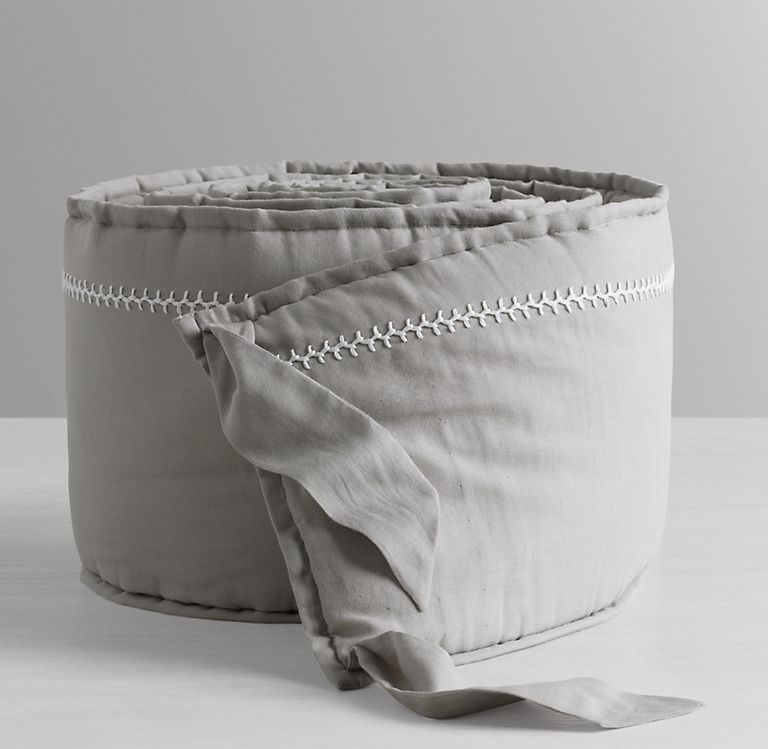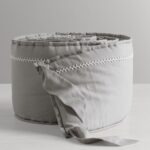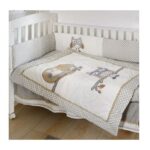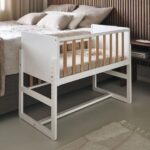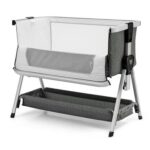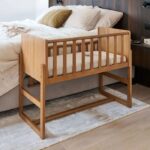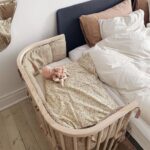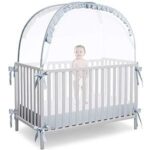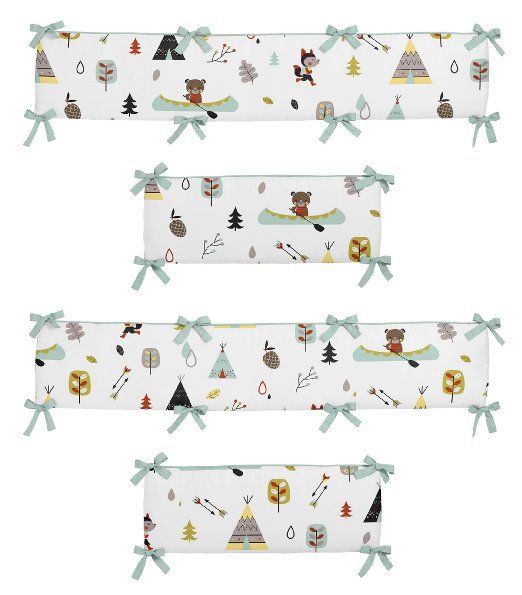
Crib bumpers are padded accessories that are meant to line the inside of a baby’s crib to provide a soft cushioning and to prevent the child from getting stuck between the crib slats. However, there is ongoing debate among experts about the safety of crib bumpers. While some parents believe that crib bumpers are necessary to protect their child from bumping into the hard crib rails, studies have shown that crib bumpers can increase the risk of suffocation, entrapment, and even Sudden Infant Death Syndrome (SIDS). In fact, the American Academy of Pediatrics strongly advises against the use of crib bumpers, citing that they pose a serious safety hazard for infants. As a result, many retailers have stopped selling crib bumpers, and some states have even banned their sale due to safety concerns. Parents are encouraged to use alternative safety measures, such as tightly fitted sheets and sleep sacks, to ensure their child’s safety while sleeping in the crib.
Crib bumpers are soft pads that are attached to the inside edges of a baby’s crib. They are designed to cushion the hard surfaces and corners of the crib, providing a more comfortable sleeping environment for the baby. However, recent studies have shown that crib bumpers may actually pose a safety hazard to infants.
One major concern with crib bumpers is the risk of suffocation. Babies have a limited ability to move and adjust themselves while sleeping, so if they roll against the crib bumper and their face becomes pressed against it, they may have difficulty breathing. This has led to cases of accidental suffocation, prompting many experts to advise against the use of crib bumpers.
In addition to the risk of suffocation, crib bumpers have also been linked to an increased risk of sudden infant death syndrome (SIDS). The soft padding of crib bumpers can create pockets of air where a baby’s face might become trapped, leading to a potentially life-threatening situation. To reduce the risk of SIDS, the American Academy of Pediatrics recommends removing all soft bedding from a baby’s crib, including crib bumpers.
While crib bumpers were once a common nursery item, many parents are now opting to forgo them in favor of safer sleep practices. Instead of using crib bumpers, parents can create a safe sleep environment for their baby by ensuring a firm mattress, using a fitted sheet, and keeping the crib free of any other soft bedding or toys. By following these guidelines, parents can help reduce the risk of sleep-related accidents and provide their baby with a safe and comfortable place to rest.
 Decor ideas Style Starts Here
Decor ideas Style Starts Here
